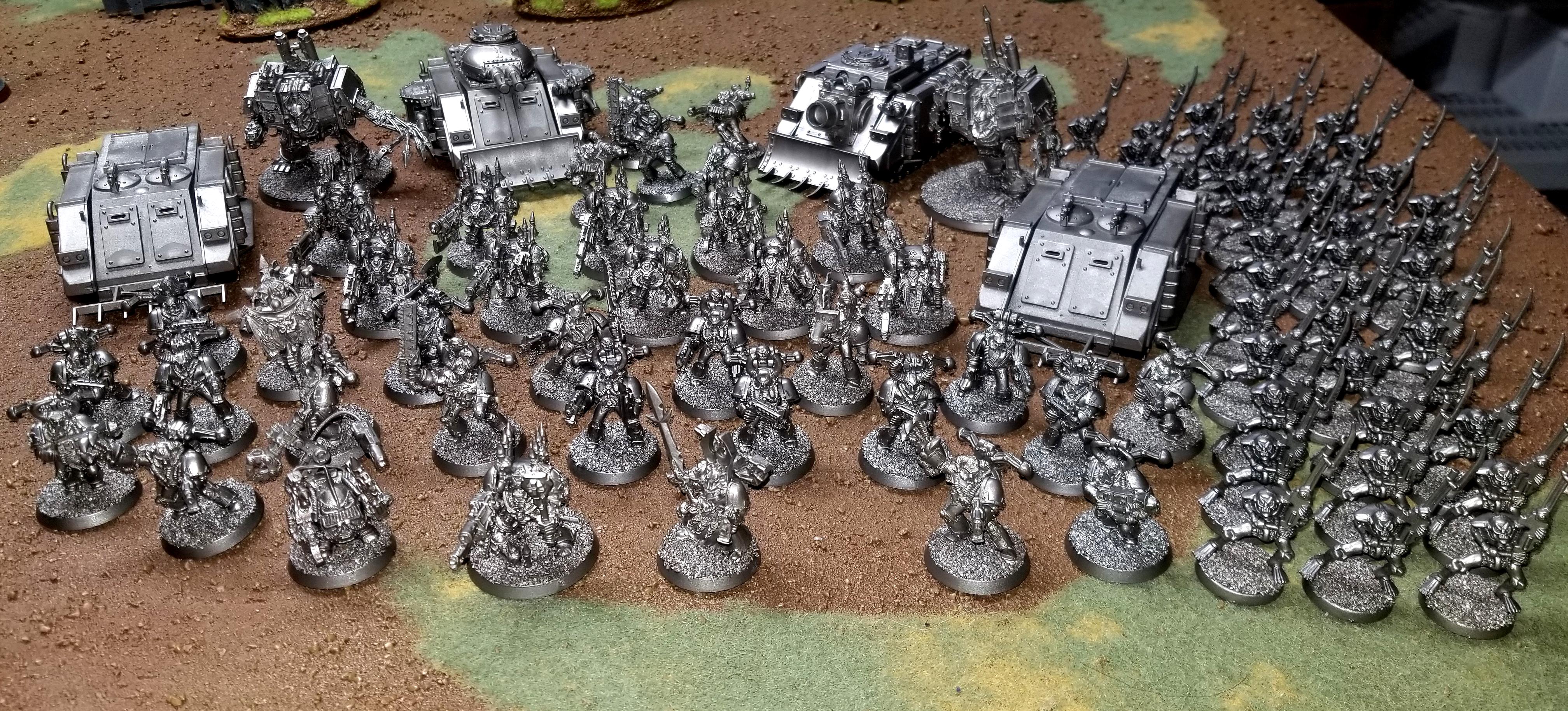



As was the common practice, the strongest units were placed on each army’s right wing, the “place of honor”. On the Spartan side, the six Spartan “regiments” were joined by their allies and more informal groups of Spartans in a matching line of phalanxes (see Mantinea map, ‘Stage One’). The coalition army arranged one city’s phalanx next to its neighbor in one long line. The armies approached each other in the summer of 418 on the plain near Mantinea. The battle of Mantinea was fought between the Peloponnesian League headed by Sparta, and a coalition of Mantinea, Argos, Athens and some others. The Advantage of Professionalism-Mantinea 418 BCE Location of Mantinea (Google maps) The participants began to search for an effective means of defeating the enemy beyond simple grit and bravery. The length of the war, the high stakes involved, and the increasing death toll caused the usual forms of war to be abandoned. The great Peloponnesian War which began in 431 BCE, which pitted Sparta and her allies against Athens and her Aegean empire, changed the nature of warfare. The side which could outlast its enemy and stand up better to the noise, fear, and blood of combat would gain the victory. Victory for these armies of citizen-farmers was generally determined by bravery and staying-power. Tactics in major hoplite battles were essentially limited to a frontal attack. Hoplite warfare was conducted by the city states of central and southern Greece in this manner from approximately 700 BCE down to the beginning of the Peloponnesian War in 431 BCE. Although the phalanx was supported by lightly armed infantrymen fighting with javelins and bows and lightly armored cavalrymen with javelins, these troops did not play a decisive role in battle. Eventually, one of the phalanxes would give way, and the other would chase the defeated enemy for only a short distance. The phalanxes of two adversarial poleis would meet at the disputed territory, charge directly at each other and fight it out in the space of an afternoon. The small farmers of the early Greek polis needed a quick and cost-effective form of warfare to establish ownership of frontier land. The hoplite, arranged side by side with his fellow citizens in a tightly packed phalanx, became the standard Greek fighting formation by the middle of the seventh century. Hoplite WarfareĪs Greece awoke from its “Dark Ages”, it experienced a “military renaissance” centered on the hoplite-the heavily armed infantryman of the city-state. During the hundred years from 431 to 331 BCE, however, the phalanx evolved into a mobile, disciplined, tactically-flexible force, that supplemented by cavalry and light infantry, provided a talented general with the capability of meeting and triumphing over any other army of its day. Arising at some point toward the end of the Dark Ages (approximately 800 BCE to 600 BCE), the phalanx of farmers armed with large round shield, seven-foot spear and helmet changed little during the first few centuries of its existence. Three great battles-Mantinea (418 BCE), Leuctra (371 BCE), and Gaugamela (331 BCE)-demonstrate the development of Greek and Macedonian warfare from the simple hoplite phalanx employed by Greek farmers defending their fields, into the powerful, tactically flexible army which allowed Alexander the Great to conquer the Persian Empire.


 0 kommentar(er)
0 kommentar(er)
